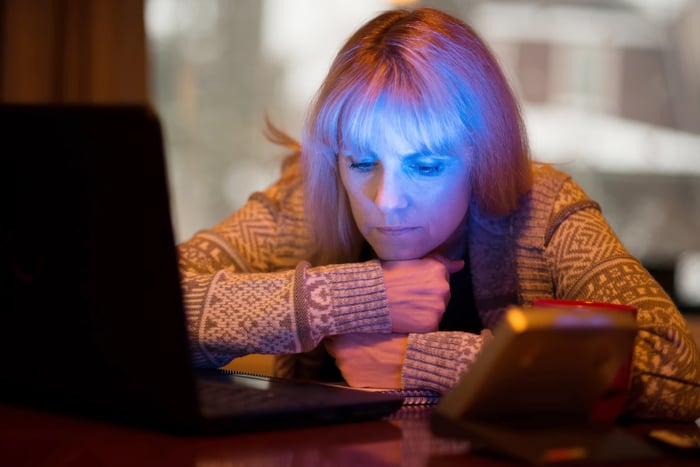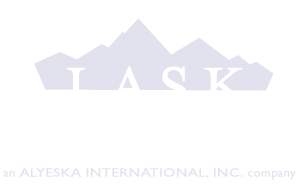If the final months of the year get you or one of your family members feeling down, irritable, or low on energy or craving sweet or starchy foods and sleeping more or less than usual, you may experience seasonal affective disorder (SAD), a type of depression that’s common in the winter months. There is not one Alaskan that has not had to deal with at least one side affect of these seasonal blues.
Winter brings shorter days and extreme cold in other states as well. But Alaska is the American vortex of the long, dark winter. No wonder residents here eagerly await the passing of winter solstice, the psychological turning point toward spring. No matter how far south you go, the state is still far north of the rest of the country. That means abbreviated days that get increasingly short as you travel farther north.
Winter is a drag to some extent for one out of five Americans, studies suggest. A smaller fraction – mostly women and young adults – suffer from Seasonal Affective Disorder, a type of depression stemming from decreased daylight. Nearly 10 percent of Alaskans suffer from the disorder to some degree, according to a 2012 study published in the American Journal of Psychiatry. Symptoms include lethargy, a heightened desire for sleep, cravings for carbohydrates, feelings of melancholy, fuzzy thinking and loss of libido or sociability, said Suzanne Womack Strisik, an assistant psychology professor at the University of Alaska Anchorage. Severe cases can even be debilitating, prompting thoughts of suicide.
While some Alaskans embrace winter, others cope by exposing themselves to bright-light therapy, which doctors say can be effective. Others take antidepressants. Some medicate with drugs or alcohol. And there are those who flee the state when the hours of daylight decrease and the temperature outside gets chilly.
The duration and severity can vary significantly from one person to another—but the good news is that you don’t have to suffer until spring. The National Sleep Foundation put together a list of steps you can take now to ease these symptoms.
Expose yourself to light. Since a shortage of sun exposure is part of what triggers SAD, sit by a bright window or go out for a walk during the day. If this doesn’t give you enough of a mood boost, consider investing in a light box, which can also help with insomnia, or a dawn simulator: The artificial light from these devices is about 20 times brighter than what’s emitted by ordinary light bulbs and of a different wavelength (10,000 lux of cool-white fluorescent light). The theory is that if you sit in front of a light box for at least 30 minutes each day (ideally first thing in the morning), the light will suppress the release of melatonin (which makes you sleepy) and trigger the release of brain chemicals that are linked to a more upbeat mood.
Stick with a healthy diet. Rather than indulging in lots of creamy, cheesy, starchy, or sugary comfort foods, make or order satisfying, produce-based items. Choose vegetable soups and stews, baked or roasted apples and pears, and you’ll get the hearty and filling sensations that you want without consuming excessive calories.
Stay active. Don’t hibernate or stay cooped up inside. Bundle up and enjoy winter activities like ice skating, snowshoeing, building a snowman with your kids, or going for a walk in the snow. Get together with friends and see movies or go to museums. Engage in fun activities with your kids at home like playing board games or doing arts and crafts while drinking warm cider.
Seek professional help. If you can’t beat feelings of seasonal depression, see a psychologist who specializes in cognitive behavioral therapy, which can improve SAD and may have longer-lasting benefits than light therapy.








